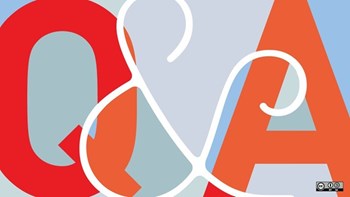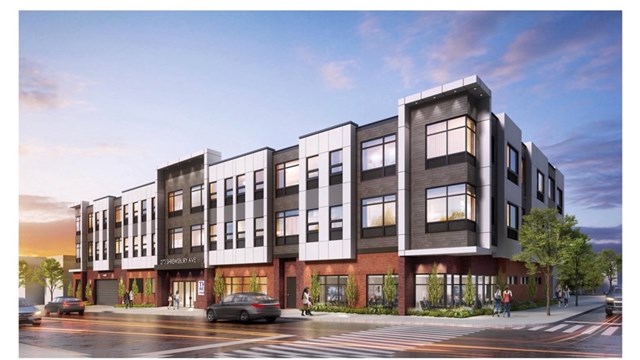
Q. It has come to the board’s attention recently that one of our residential tenants has suffered a disability and can no longer access her unit. She is asking to have a chair rail installed so she can access her second floor apartment in our condo building, built in the 1950's. Who pays for the chair rail and the installation, the tenant or the condo association?
—Concerned in Cartaret
A. “Whether a community association is required to expend funds to construct a chair lift in order accommodate a disabled member must be analyzed under federal, state and local laws,” says Ronald L. Perl, an attorney with the Hill Wallack LLP law firm in Princeton. “For purposes of this response, we will only address the federal law governing this issue.”
“Generally, community associations are subject to The Fair Housing Amendments Act of 1988 (FHAA). The FHAA protects handicapped residents, which is defined by the law as a physical or mental impairment substantially limiting a major life activity. The FHAA includes a requirement that associations allow reasonable modifications to the existing premises, at the resident's expense, if such modifications may be necessary to afford a handicapped person full enjoyment of the premises. However an accommodation/modification which materially interferes with or burdens the rights of the other members is not required.
“The issue of chair lifts/ramps has been addressed in several Federal District Court cases. For example the 1988 case of Rodriguez v. 551 West 157th Street Owners Corp. involved several tenants who sued their landlord, for failing to install a wheelchair ramp or a lift in a building constructed in 1910. Analyzing the FHAA, the court determined that to construct a new facility, i.e. a ramp or lift, is not an accommodation as set forth in the act. Moreover, the court indicated that even if the construction of a ramp or lift were an accommodation under the act, it would be unreasonable in light of the $25,000 cost to construct.
“Similarly, in Thompson v. Westboro Condominium Association, decided in 2006, the court held that the FHAA does not require a condominium association to construct a disability access ramp at its expense. In Thompson, a disabled resident requested that the association construct a wheelchair/scooter ramp to permit her to access her unit. The association agreed that she could install a ramp at her own expense, but was unwilling to pay for the installation itself. The court determined that an association is not required to construct new facilities to accommodate a disabled resident. While an association is generally required to permit a disabled member to modify the common elements to make them more accessible, it may wish to consider performing and overseeing the construction to ensure the common elements are properly modified and constructed in accordance with the law. However, prior to any action being taken by an association, it is recommended that an agreement be obtained in writing from the handicapped resident undertaking responsibility for the costs of the modification and depositing those costs with the association prior to the commencement of work.
“It is important to reiterate that state and local laws vary and may result in a different answer. The association should always consult with counsel when questions exist with regard to requests for accommodation.”






Leave a Comment